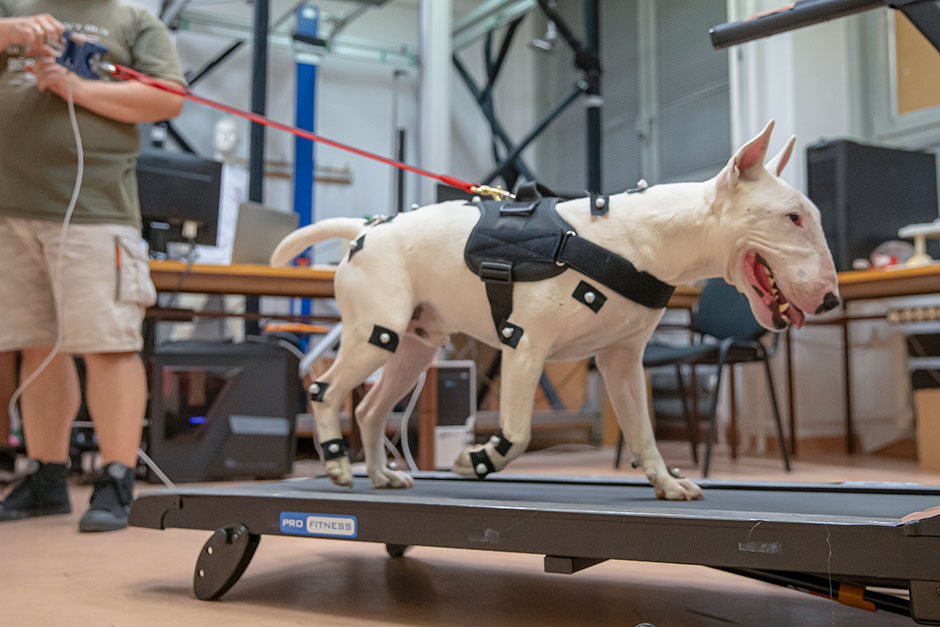Dog harnesses contribute in a major way to allowing us to spend more time and have more experiences with our pet. It could even be said that the message of the dog harness is: ‘’Go together! Everyday. Everywhere.” The only thing left to decide is which harness is used for what.
Thanks in part to the influence of animal rights campaigners the use of harnesses over collars started to gain momentum in the late ’90s. Dog harnesses were originally designed to model the harnesses of draft animals. Initially, even the functions were similar, but nowadays it is control and physical wellbeing that really matters. Taking the strain off the neck for the sake of the animal’s health is what truly made these harnesses so popular amongst everyday dog owners. Similarly, to horse harnesses, dog harnesses can also be divided into two main groups based on their design: there are the so-called “Y-harnesses” and ”breast strap harnesses”. Both types of harness can include an additional saddle piece, with or without lining and they can have variable strap widths. Most dog owners who use a harness will put their harness on their dog for one to two hours a day on average. For this purpose, the two dog harnesses of different designs are perfectly suitable and very useful pieces of equipment. However, while Y-harnesses are the most ideal for utilising pulling power, breast strap harnesses are best for holding and restraining your dog. It therefore comes as no surprise that Y-harnesses became a huge favourite among people that are into dog sports. In contrast, chest harnesses are really useful for daily walks and when using public transport. It is important to note that both forms of harnesses have certain disadvantages over the other. While Y-harnesses – especially in case of the shorter version – can put pressure on the neckline with greater pulling power, chest harnesses can sometimes slide down onto the front legs. In order to eliminate these disadvantages, choosing the right size and adjustment of the harness should be a priority. It is also very important to determine the exact type of activity you are planning to do.
Powerharness: Ideal for maintaining control
Julius-K9®, as the largest and oldest European harness manufacturer, aims to test and develop both types of harnesses using scientific methods. That is exactly why the experts at Budapest University of Technology and Economics have examined the equipment that became a global success under the name “Powerharness”. The objective of the researchers was to find out how wearing a harness, the like of which has been used for thousands of years, effects the dog. Specialists analysed the movement of the dogs by using a special, 18-camera motion capture system. The dogs had to move on a treadmill and on the ground, both with and without a harness. Their movements were also studied with and without the use of a leash. Five dogs of different sizes and body shapes participated in the study, ranging from a Yorkshire terrier of a few kilos to a 50-kilo cane corso. Experts looked at how high the dogs raised their paws as they walked, as well as how long and how wide their steps were.

The results clearly showed that wearing the Powerharness alone does not affect dogs’ motion in any way. Leashes did make a difference, however. When the leash was taut, the dogs switched to a slower walking pattern on the ground. This result also confirms that the Powerharnesses are optimal for holding your dog back in a stressful and/or urban environment. This is reinforced by the easy insertion and sturdy handle of the harness. It is expected that the current trend in dog gear, which is already obvious in human clothing, will only intensify. In just the same way that humans do not use street shoes for running, hiking or long walks nowadays, dogs also have the opportunity to use different harnesses. This is the same spirit, in which Julius-K9®’s Longwalk harness, a product designed for long tours came into being. Because if you really want to go everywhere with your dog, it’s important that you choose the right harness for the right activity.